In this post, you will know the freely available dithering plug-in or tools that you can use in audio mastering. The objective is to provide the best sounding 16-bit audio that you can produce using an open source dithering solution.
As an overview, dithering is added to prevent quantization distortion brought about by reducing bit depth from 24-bits (used during tracking, mixing and mastering) to 16-bits (used during distribution, available in CD audio and MP3 formats).
With dithering, these distortions will be converted into noise. A feature of a dithering tool called “noise shaping” will be used to distribute the noise in a frequency spectrum where human ears are less sensitive. This is usually in the high audio frequency spectrum, starting around 8000Hz or above. Dithering noise distributed at much higher frequencies (e.g. 15000Hz above) is more desirable as human ears are least sensitive in this range.
Each dithering tools whether it’s commercial or open source behaves differently. The quality of the converted 16-bit audio result will depend on the performance of the dithering plug-in you are using.
I included my personal recommendations at the last section of this article.
The Open Source Dithering Tools and Assessing Performance
I did some research and below are the tools/software that offers some dithering solution:
1.) Audacity
2.) MDA Plug-in
3.) Shibatch Audio Tools
4.) Wavosaur
5.) Loser/Asseca
6.) RDR 1.01
7.) Sox
The performance of dithering tools will be assessed in terms of how the noise will be distributed in the frequency spectrum. The evaluation procedure will be as follows:
1.) Use Audacity software as the VST host. And then add the dithering plugin as VST:
2.) Load the high resolution 24-bit/44.1KHz sweep test tone signal. You can download it here.
3.) Apply dithering.
4.) Export as 16-bit/44.1KHz test signal (of course with the VST host dithering off, if using plug-in solution.)
5.) Examine the results. This uses Adobe Audition Spectral View and Audio Statistics tools.
Original Audio and Commercial Dithering Performance
This is the original un-dithered audio sweep tone (starting from 0Hz to 22000Hz at the end of the audio). As you can see, you can only see the white-blue solid lines depicting the original signal. The background is pure black implies that there is no noise involved.

You can click the image to enlarge. Specifically, the x-axis is the time (in seconds) and the y-axis is the frequency of the signal.
Let’s dither this test tone using a Waves IDR (Increased Digital Resolution) plug-in. This is a commercial and popular dithering solution used by several mastering engineers. Below is the dithered 16-bit plot (plug-in setting – “Quantize to 16-bit”):
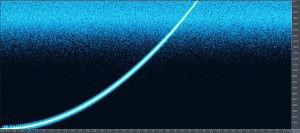
As you can see, there is now dither noise but it’s nicely distributed (click the image to zoom) in the upper frequency range starting at 12000Hz (very few) with heavy distribution around 19000Hz.
19000Hz is clearly not audible to most human ears and this is a good noise shaping performance
Audacity Dithering Tools
Let start with the most popular open-source audio editing software (version 2.0.2 used); it includes its own dithering tools. In the Edit – Preferences – Quality – under “High-quality Conversion”. You can set the dithering option for Audacity.
The default is NONE, implies dithering is off when you export 24-bit audio to 16-bit. There are three options with its 16-bit dithered response:
a.) Rectangle
b.) Triangle
c.) Shaped – this is the dithering option with noise shaping behavior.
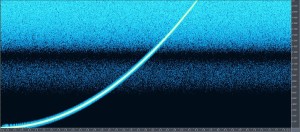
The dithered noise starts distributing (click the plot for zoomed image) at 6000Hz to 12000Hz (thinly distributed); then continued to be heavily distributed above 13000Hz.
MDA Dithering Plug-in
This plug-in currently supports the following options:
1.) TRI
2.) HP-TRI
3.) N-Shape – where noise shaping is implemented. The following is the 16-bit audio dithered response:
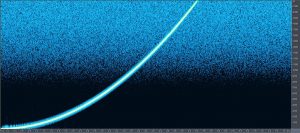
It looks better than Audacity although Waves IDR is still better. It starts distributing evenly above 8000Hz.
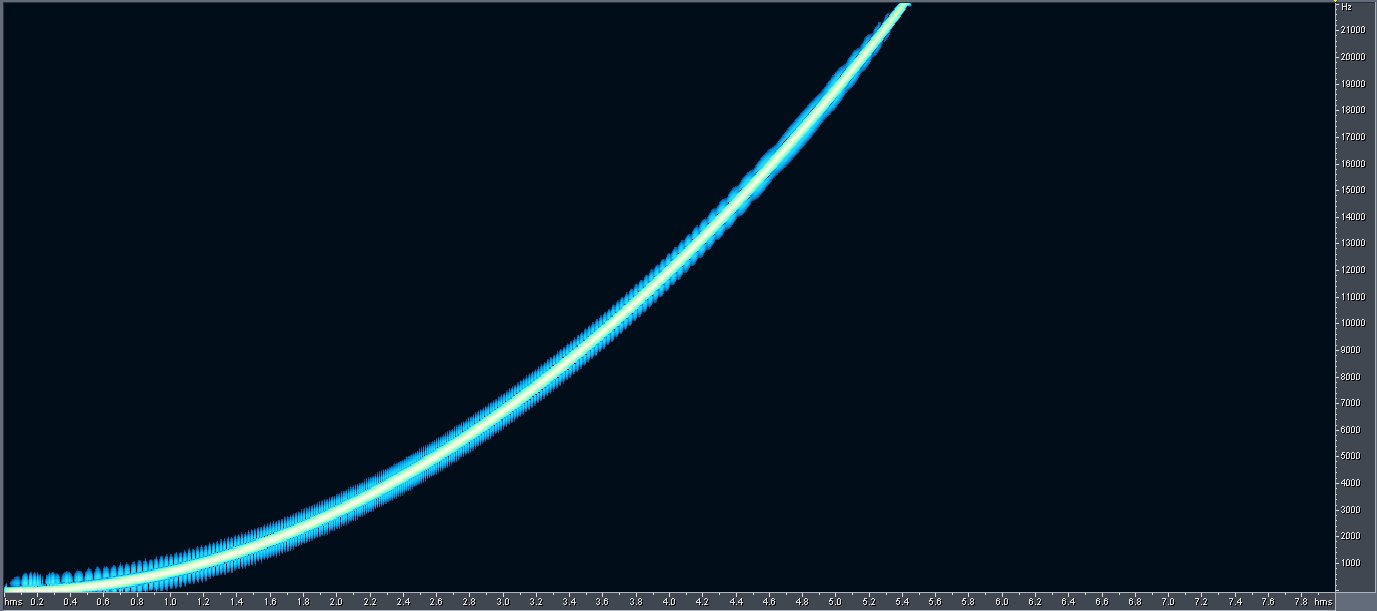
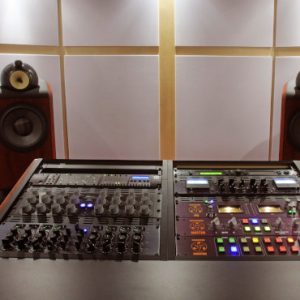
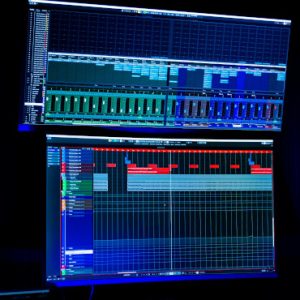
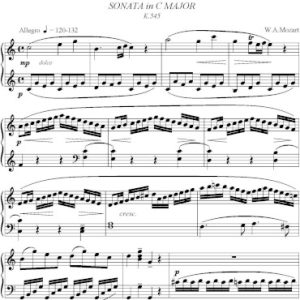
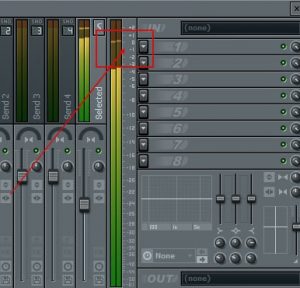
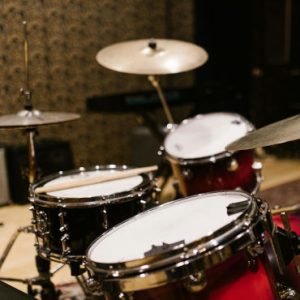
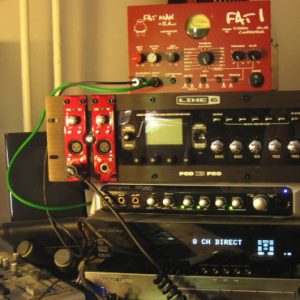
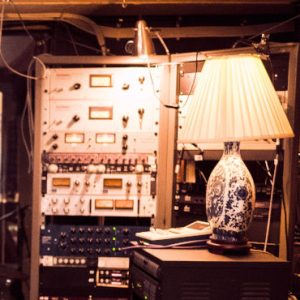

No responses yet